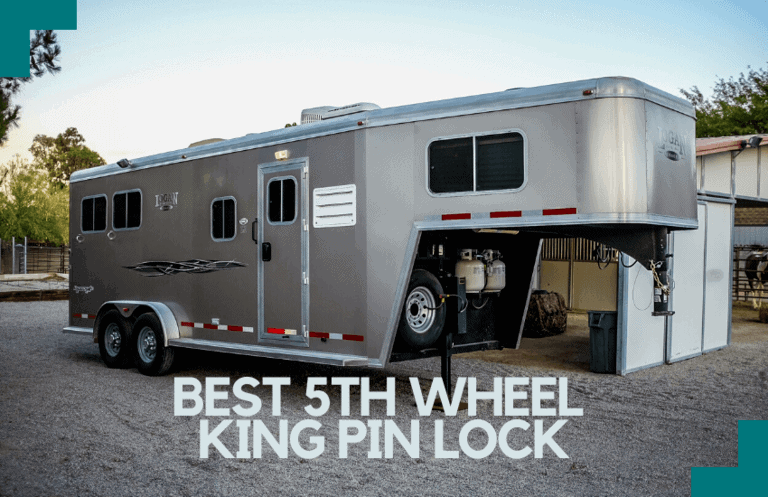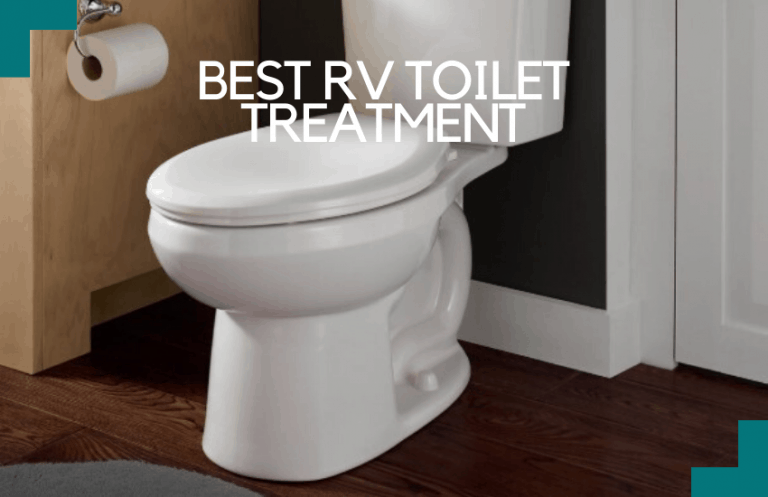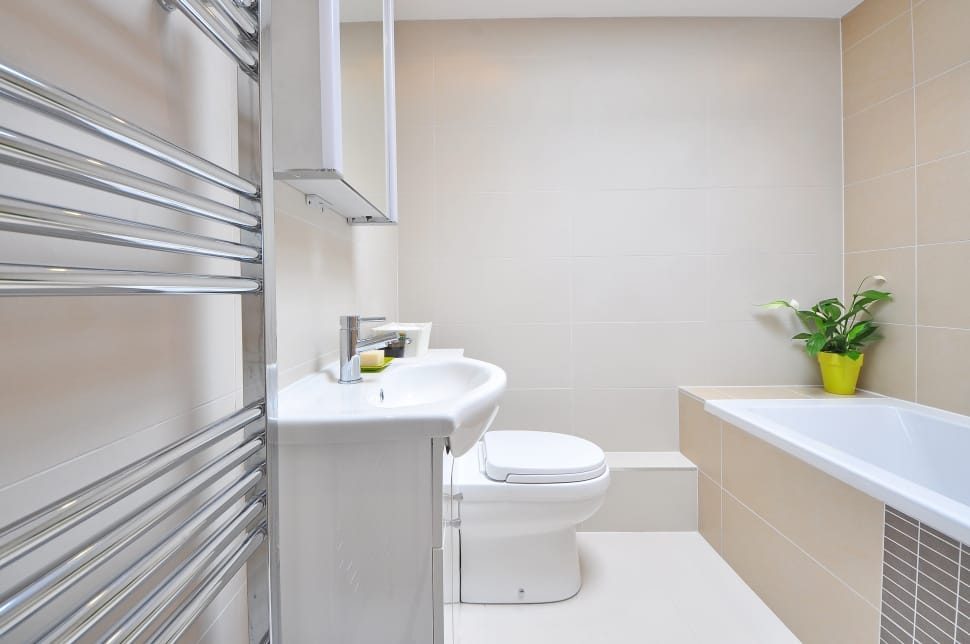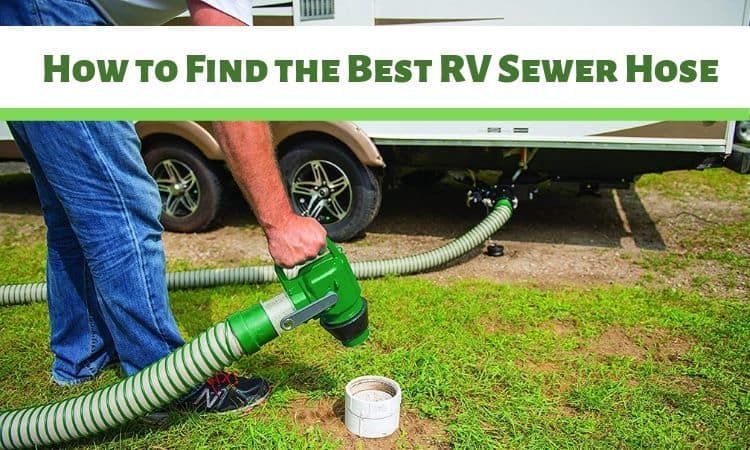How to Clean an RV Awning: Top Tips and Tricks
- Best Bunkhouse Travel Trailer: Top Models & Options! - April 21, 2024
- Best Wheel Bearing Grease for Travel Trailers On The Market - October 28, 2021
- Best RV Jackknife Sofa Cover Ideas That Are Low Maintanance - October 15, 2021
You never know what will get rolled up in your RV awning when you stow it away. One day, we moved our RV from one campground to another and when we put our awning out at the new campground, a small frog dropped down on us. It seemed uninjured and hopped away. We hope it found a good life in its new home.
Most of the time, the things that get rolled up in your awning aren’t living stowaways, but they do make your awning dirty. If the awning is wet when it is rolled up and it isn’t unrolled again for a while, then mold and mildew are the natural results. Tree sap, pollen, and other debris are all a part of spending time in nature. Bird droppings smashed insects, and maybe the occasional frog is also a possibility.
You want to keep your RV’s awning both functional and nice-looking for as long as possible, so regular cleaning is part of the expected RV maintenance. If you’re new to cleaning your awning, rest assured that it’s usually a quick and easy job. Read on for the who, what, when, where, why, and how of cleaning your RV awning.
Why Should You Clean Your RV Awning?
The awning of your RV takes a lot of abuse, so if you want it to last a long time, it requires routine maintenance. One of the most important ways to maintain your awning is to clean it regularly.
Awnings are at risk for mold any time they are rolled up when they’re wet. Rolling them up while wet is not always avoidable, but even if it was, moisture still gets in while it is rolled. You should put out the awning as often as weather permits, especially on sunny days as the UV rays of the sun help kill and prevent mold. The underside of the awning naturally receives less sun exposure, however, and is, therefore, more prone to mold and mildew.
In addition to moisture and mold issues, your awning can also be coated with pollen in the spring and dripping sap throughout the summer and fall. Sometimes insects can end up smashed in the awning as it is rolled up. Your awning is exposed to a lot.

When Should You Clean Your RV Awning?
Your awning should be cleaned anytime it is showing signs of mold or mildew. You should also clean it if you notice it has gotten dirty, especially if you’ve camped under trees that have dropped a lot of pollen, sap, or debris.
At a minimum, you should clean your awning once a year. A great time to do this is in the fall when you’re preparing your rig for winter storage. For those who use their RVs year-round, a spring cleaning (at the end of pollen season) is another great time to do it.
What Should You Use to Clean Your RV Awning?
There is plenty of advice floating around about the best cleansers for your RV awning. The safest bet is always going to be a cleanser specifically made for that purpose. Camco makes an RV awning cleaner that is both inexpensive (under $10) and effective. There are also “premium” awning cleaners on the market that range in price from $10-30. Differences include concentration strength and the size of the bottle.
When choosing which size package of RV cleanser to buy, consider the size of your awning and how many you have. If you have several awnings or a very large awning, a larger bottle may save you money. If not, choose a smaller amount. Leftover cleanser sitting in storage may not be as effective the next time you’re ready to clean your awning, especially if you only do it once a year.
Another consideration is whether you should choose a concentrate or a pre-mixed cleanser. The advantage of a concentrate is that you can make adjustments to how much you dilute it, making it weaker for general cleaning and stronger for specific stubborn stains. The concentrate comes with the added steps of measuring and mixing, and many RV owners prefer the convenience of a pre-mixed cleanser. Pre-mixed cleansers can also be bought in a spray bottle for quick and easy application.
There are many other solutions for cleaning your RV awning that is often recommended in RV forums. Some are worth trying, and others should definitely be avoided.

- Bleach: Bleach is often recommended because it is known for killing mold and mildew. It can also eliminate stains and restore the bright white appearance of a brand new awning. The problem with bleach is that it is also damaging to many common awning materials, and these effects can be magnified by the amount of intense sunlight that most awnings are regularly exposed to. Stains are preferable to the fabric of your awning breaking down and deteriorating quickly. Unless your owner’s manual recommends bleach for your specific awning, it is best to avoid it.
- Dish Soap: Was there ever an RV issue that couldn’t be solved with ordinary blue Dawn dish soap? Some RVers swear by it for everything, the way the dad in My Big Fat Greek Wedding used Windex for everything. Dish soap is really useful for some purposes, but what about awning cleaning? People have had mixed results. It does a good job of general cleaning and maybe especially effective against tree sap. It may not be as effective against mold and mildew, and it probably won’t help with any stains that have developed. If you have a lot of mold or stains to clean, you’re better off with another solution.
- Water Only: Just rinsing the awning with water and scrubbing with a brush is fine for clearing fresh pollen or other debris before rolling up your awning. Just make sure to let it dry thoroughly. Water-only washes will not help with tree sap or mold, although brushing and rinsing away most of the mold and exposing it to direct sunlight can help.
- Vinegar: White vinegar is a mold and mildew killer that is less harsh to fabrics than bleach. It can be especially helpful for addressing small spots of mold before they grow and spread. Vinegar is less effective for removing stains, and won’t help much with tree sap. If you have issues with both sap and mold, you’ll need a cleaner that can deal with both.
- Power Washers: Power washing can be an effective way to clean your awning, but it may not be a good choice in many situations. Applying too much pressure to your awning can cause damage in the same way that leaving the awning out during a storm can. Depending on the materials your awning is made of, pressure washing can also damage the fibers and remove the protective coatings applied by the manufacturer. This will shorten the life of your awning considerably. If your awning has sensors that roll it up automatically during windy conditions, a power wash will probably trigger those sensors quickly and cause the awning to roll up before you’ve done much cleaning. While some people have had success with this method, it is generally not recommended.
A general rule is to test any new cleanser or product on a small test patch of your awning to see if it is effective and how your awning material reacts over time, especially in direct sunlight. Watch your test patch for a few days before applying the new cleanser to the whole awning.
Where Can you Clean Your RV Awning?
If you have space for your RV at home, in your driveway or yard, this is probably the easiest place to clean your RV’s awning. For the many people who do not have this opportunity, there are several options available.

Depending on the size of your RV, many self-serve car washes have bays that are large enough for RVs. When considering these, remember that they will need to be wide enough for you to extend your awning to wash it. There are also truck-washing stations for larger commercial trucks, and many of these will allow RVs as well. Call ahead to verify that the location you’re considering permits RV washing as well.
Setting up in a campground and washing is also an option in some locations. We have stayed at campgrounds that have a designated washing area, usually along the perimeter of the park so that the water does not create puddles and muddy conditions for other guests at the campground. Others will allow you to wash your rig, including your awning, on your site. Many campgrounds require a permit with a small fee to wash, to offset the costs of the additional water being used.
How Do You Clean an RV Awning?
Once you have decided when to wash your awning, what to use to wash it, and where you will be when you do it, it’s time to clean your RV’s awning!
Cleaning your awning is a quick and easy process. Follow these step-by-step instructions, and you’ll be done in no time!
- Gather Your Supplies. You’ll need your chosen cleanser, a brush or sponge (preferably with a long handle), a water source and hose with a spray attachment, and a stepladder (optional). If your cleanser is concentrated and needs to be diluted, prepare this solution and put it in a bucket or spray bottle.
- Extend Your Awning. If you have an electric awning, this is as simple as pushing a button. If your awning is manual, it will take a few minutes to set up. Try to choose a sunny, wind-free day if possible. This is especially important if your awning retracts automatically if it senses wind since you won’t want the awning to retract while you’re washing it. Once extended, adjust your awning as low as possible to help you reach it. Manual awnings can typically be lowered so that you can reach and wash both sides easily. Electric awnings will be higher. You may want to have a stepladder handy to help reach the highest areas.
- Clear Loose Debris. Use your brush to clear away any loose debris, like sticks or leaves. Then take the hose and spray the awning thoroughly with water to remove any dirt or debris that can rinse off easily.
- Apply the Cleaning Solution. Spray your awning thoroughly with the cleaning solution or apply it with a long-handled sponge from a bucket. Don’t wipe or scrub anything at this stage.
- Roll Up the Awning. Rolling up the awning while covered with a cleanser is equivalent to soaking stained laundry or a stubborn casserole dish. Again, with an electric awning, this is just the touch of a button. Manual awnings will take a little longer to roll up. Leave your awning rolled up for about 5 minutes (or the length of time recommended in the instructions on your awning cleaner).
- Extend the Awning Again. After waiting for the appropriate length of time, you’ll need to put the awning out again. As described in Step 2, adjust the height as low as possible to help you reach it better.
- Wipe the Awning and Clean Visible Spots. Now it’s time to wipe down the awning. You can use a rag, a sponge, or a brush. A long-handled car wash brush will help you reach everywhere. Wipe down the whole awning, giving extra attention to dark spots and stains. If you have small stubborn spots of mold, mildew, or tree sap, a toothbrush might be helpful. Remember to be gentle and not to scrub, as you may inadvertently remove the fabric’s protective coating.
- Rinse Thoroughly. Be sure to rinse both sides of the awning and remove all traces of cleansers. Cleansers left on the awning for too long can damage the protective coating or the fabric itself, especially when reacting to direct sunlight. If you use bleach or a cleanser containing bleach, be especially careful when rinsing. Avoid getting bleach on your RV’s roof or other areas with water-tight seals.
- Allow the Awning to Dry Completely. After washing, your awning should be allowed to air dry before storing it. Do not attempt to accelerate the process by applying heat. Drying with a towel is difficult, time-consuming, and unnecessary.
- (Optional) Apply Protectant. There are different products on the market for vinyl or acrylic awnings that can help restore the fabric of the awning so it repels water and dirt, and resists mold and mildew stains. Some products can help protect against UV damage. Your owner’s manual may suggest specific products. Camco RV Awning Waterproofer is a budget-friendly choice if moisture protection is your main concern. For reliable UV protection, 303 Aerospace Protectant is a great choice that will also repel dust and stains.

Frequently Asked Questions
Question: How do I get mold out of my RV awning?
Answer: If your RV awning is moldy, be sure to follow proper cleaning procedures using an RV awning cleanser. Most awning cleaners are designed to treat mold since mold is a common problem for RV awnings. Consult your owner’s manual for specific product recommendations or cleansers to avoid.
Different awnings are made with different fabrics and treated with different protective materials. Unless specifically recommended in your owner’s manual, avoid using bleach to clean your RV awning. Bleach will kill the mold, but it might just kill your whole awning along with it.
Question: Can you pressure wash an RV awning?
Answer: Some RV awnings can tolerate pressure washing, but it is not a good idea for most awnings. Pressure washing could damage the awning fabric or protective coatings. It could even damage the mechanical function of the awning, especially for electric awnings and awnings with automatic wind sensors. Some RV owners have successfully power-washed their awnings using the most gentle pressure setting, but in general, this is not recommended.
Question: What can I use to clean my RV awning?
Answer: Clean your RV awning using water and a cleanser designed for cleaning RV awnings. Some RV owners use dish soap to wash their awnings, but this is often less effective for cleaning mold, mildew, or stains. Avoid using bleach and other harsh chemicals, as this can damage your awning and other parts of your RV. Power washing is also not recommended. Most RV awnings can be cleaned and maintained by washing regularly with an awning cleaner. You’ll also need a brush or a sponge, preferably with a long handle.
You’re All Set!
Congratulations! You’ve cleaned your RV awning and you’re ready to go on enjoying RV life! It may not be the most glamorous part of owning an RV, but properly cleaning and maintaining your awning will keep it looking great and working properly for a long time. Protect your awning from the elements and it will do the same for you!









